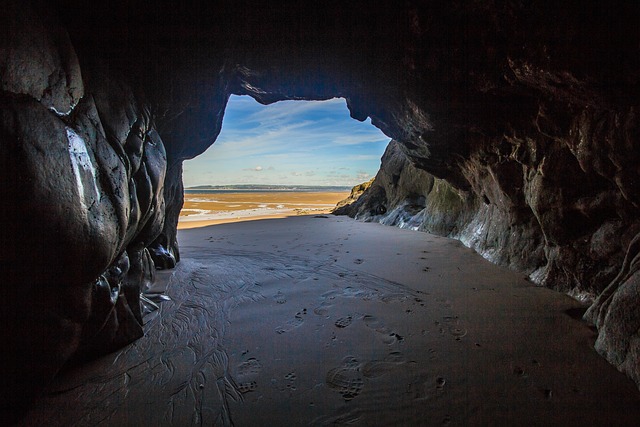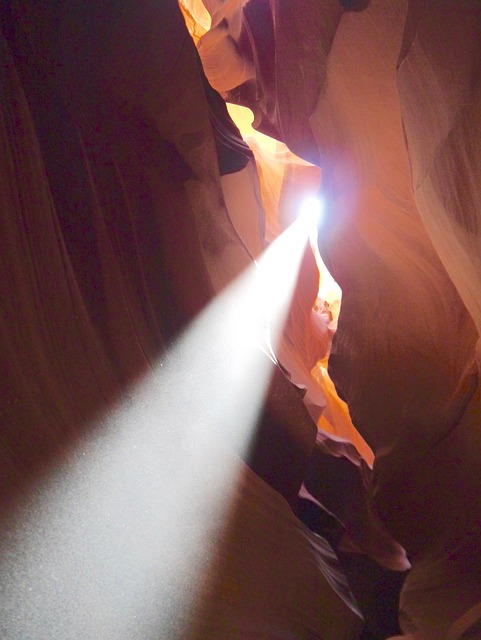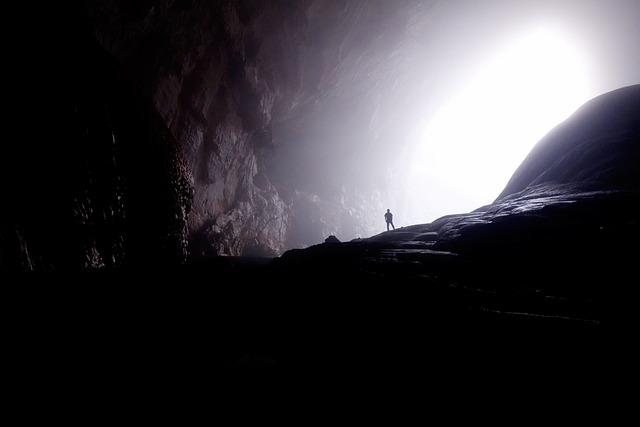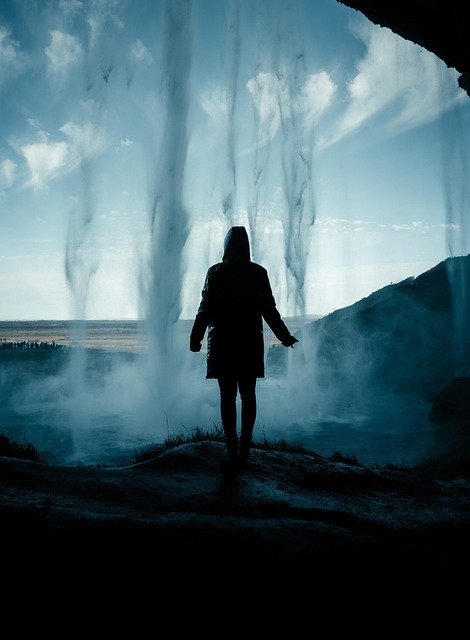Desert trails offer a unique and captivating outdoor experience, appealing to both locals and visitors seeking adventure. These rugged landscapes provide a challenging yet rewarding journey for equestrian enthusiasts, fostering an indelible connection with nature. The rich history of horsemanship in arid regions has led to valuable skills passed down through generations, and today, desert communities continue to thrive. The intersection of real estate and desert trail riding has created exclusive trail riding communities, with investments booming as buyers seek a unique lifestyle experience. This trend is particularly pronounced in regions renowned for their vast deserts, where sustainable land management balances habitat preservation with the growing demand for desert trail riding.
Discover the enchanting world of desert trails, where rugged landscapes meet equestrian culture. This article explores a unique outdoor experience, delving into the historical perspective of arid terrain riding and its modern resurgence. As the allure of desert trails captivates riders worldwide, we examine how real estate developments are driving opportunities and trends in this burgeoning market. Join us as we navigate this symphony of sand and steel, where every trail tells a story.
The Allure of Desert Trails: Exploring a Unique Outdoor Experience

The allure of desert trails lies in their ability to offer a unique outdoor experience, appealing to both locals and visitors alike. These rugged landscapes, often overlooked in favor of more verdant terrains, present a captivating challenge for equestrian enthusiasts and adventure seekers. With every step along these trails, riders are immersed in a symphony of natural sounds and sights, creating an indelible connection with the wilderness.
Desert trails provide a distinct opportunity to escape the hustle and bustle of everyday life and immerse oneself in a labyrinthine beauty that’s both moist and enigmatic. Unlike real estate in more urban settings, these paths offer a sense of discovery and adventure, where each bend reveals new vistas and challenges. This experience is especially enhanced by the serene tranquility and vast open spaces, making desert trails a game-changer for those seeking an authentic outdoor getaway.
Equestrian Culture in Arid Landscapes: A Historical Perspective

The equestrian culture in arid landscapes has a rich history that intertwines with the development of communities in these harsh environments. For centuries, horsemanship has been an indispensable skill for survival and trade in deserts and semi-arid regions. The real estate value of such territories often lay not just in the land itself but in the potential it held for supporting horse-based activities and transportation.
Historically, nomadic tribes and early settlers relied on horses to traverse vast distances in search of water and pasture. These animals facilitated trade networks, enabling the exchange of goods across desert borders. The unique challenges posed by arid landscapes led to a deep connection between people and horses, fostering a culture where equestrian skills were highly valued and passed down through generations. This legacy continues to shape contemporary desert communities, with horse-related activities remaining an integral part of local traditions and even attracting visitors seeking authentic experiences in these remarkable environments.
Real Estate and the Rise of Desert Trail Riding: Opportunities and Trends

The convergence of real estate and desert trail riding has sparked a unique trend in equestrian culture, opening up a world of opportunities for both horse enthusiasts and property developers. As the appeal of outdoor activities surges, so does the demand for accessible trails, leading to innovative collaborations between land owners and riders. This partnership often results in the development of exclusive desert trail riding communities, where residents not only enjoy the serene beauty of rugged landscapes but also have direct access to meticulously designed equestrian trails.
Real estate investments in these areas are thriving, with buyers seeking not just a place to live but an experience. The integration of riding trails within residential properties offers a distinct selling point, attracting a niche market of horse owners who value both privacy and proximity to nature. This trend is particularly noticeable in regions known for their vast deserts, where strategic planning and responsible land management are crucial to preserve the natural habitat while catering to the growing desire for desert trail riding experiences.






